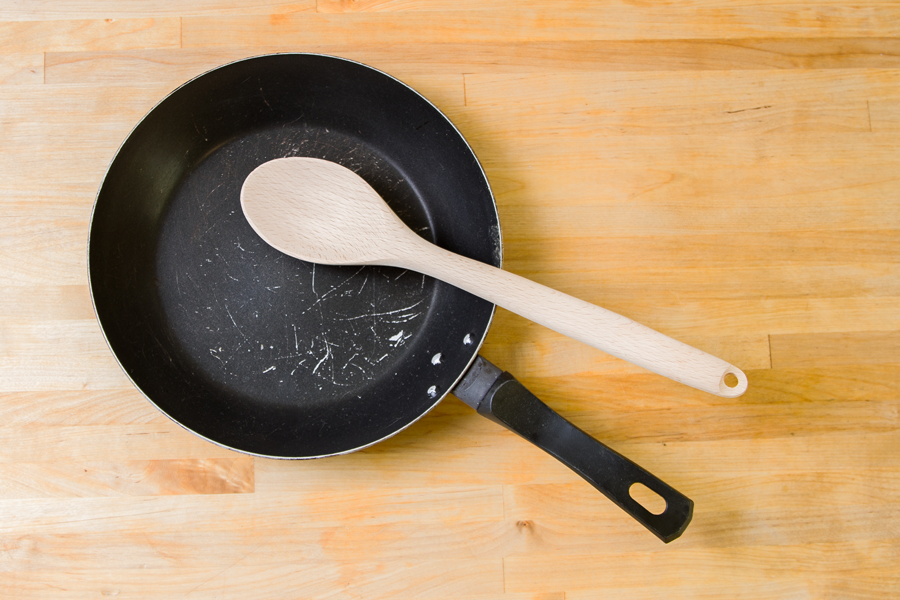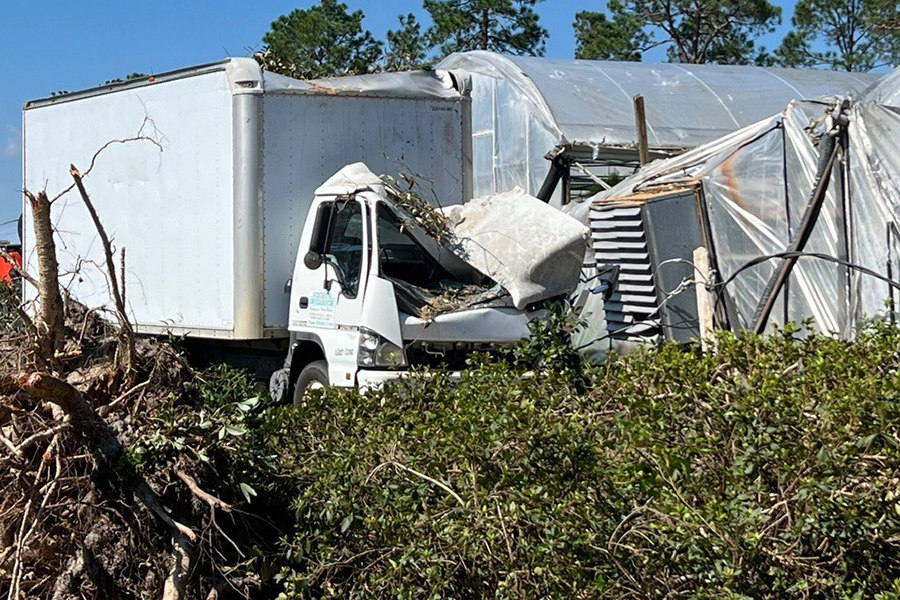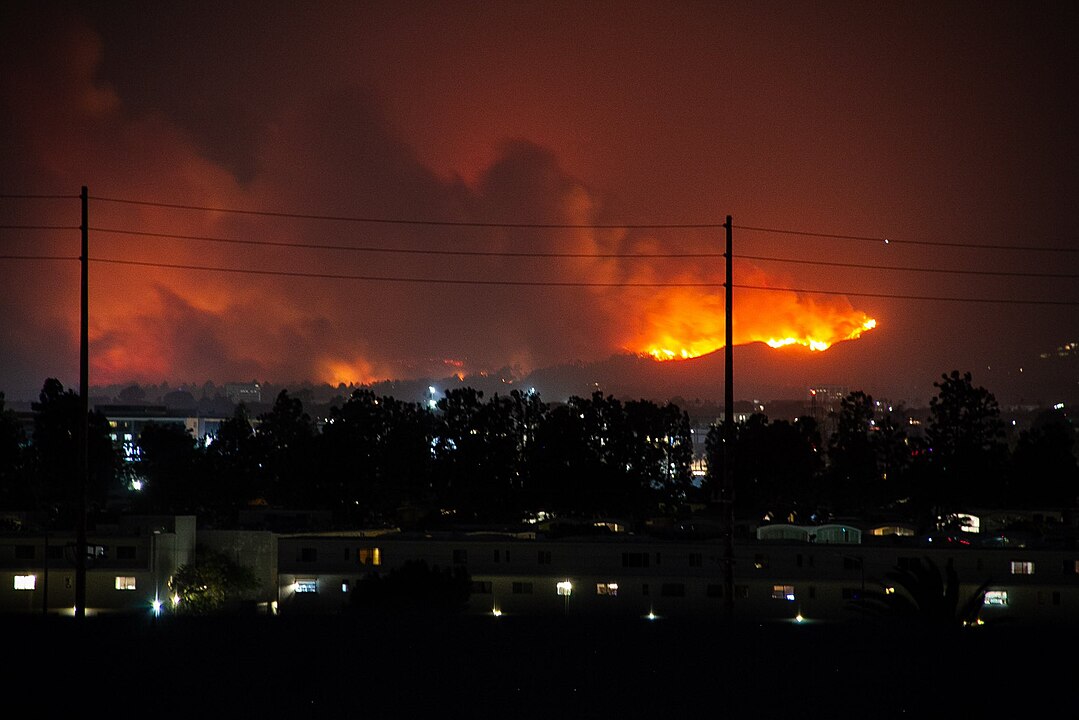Keep the items you will most likely need during an evacuation in an easy-to-carry, waterproof container. Be mindful that this is a basic list of supplies. A more comprehensive list can be found in the Home Emergency Management Guide.
- Water (1 gallon per person per day; at a minimum, have a 3-day supply)
- Food (choose nonperishable, easy to prepare, healthy foods; at a minimum, have a three-day supply)
- Flashlight and extra batteries
- Radio: Battery-powered or hand-crank radio AND a National Oceanic and Atmospheric Administration (NOAA)
weather radio with an audible alert - Cell phone with charger and backup battery or emergency charging device
- Tools: Multipurpose tool, manual can opener, and wrench or pliers to turn off utilities
- Whistle (to signal for help)
- First aid kit
- Medications (seven-day supply) and required medical devices
- Sanitation and personal hygiene items (including items like garbage bags, moist towelettes, and toilet paper)
- Copies of personal documents:
- Medication list and relevant medical information
- Proof of address
- Lease or deed to home
- Passports/Birth certificates
- Insurance policies (home, auto, health, etc.)
- Family and emergency contact information
- Extra cash
- Printed maps of the area
- Special needs:
- Glasses, contact lenses, hearing aids, etc.
- Baby supplies (bottles, formula, baby food, diapers, etc.)
- Games and activities for children
- Pet supplies (ID, vaccination record, leash, carrier, food, and water – one-half to 1 gallon of water per pet per day)
- Additional supplies:
- Personal protective equipment: Masks for everyone ages 2 and above, soap, hand sanitizer, and disinfecting wipes
- Matches in a waterproof container
- Plastic sheeting, duct tape, and scissors
- Tools and supplies to secure your house
- Household liquid bleach (unscented)
- Mess kits, paper cups, plates, paper towels disposable utensils
- Paper and pencil
- Rain gear (waterproof poncho, umbrella, etc.)
- Extra clothing, hat, sturdy shoes, and work gloves
- Towels
- Blankets or sleeping bags
Maintaining and Storing Your Kit
- Store in a cool, dry location
- Replace expired items as needed
- Update the kit annually and as personal needs change
- Keep in a designated place in your home and make sure all household members know where it is stored
Automobile Emergency Supply Kit
- Water
- Canned food and/or energy bars
- First aid kit
- Flashlight with extra batteries
- Safety light sticks
- Blankets or sleeping bags
- Jumper cables
- Trash bags
- Pencil, pen, and paper
- Metal whistle with lanyard or string to hang around your neck
- List of emergency contacts with phone
- Weather alert radio
- Emergency phone charger
- Extra cash and change
Visit the Extension Emergency Resources website for additional information and resources.








